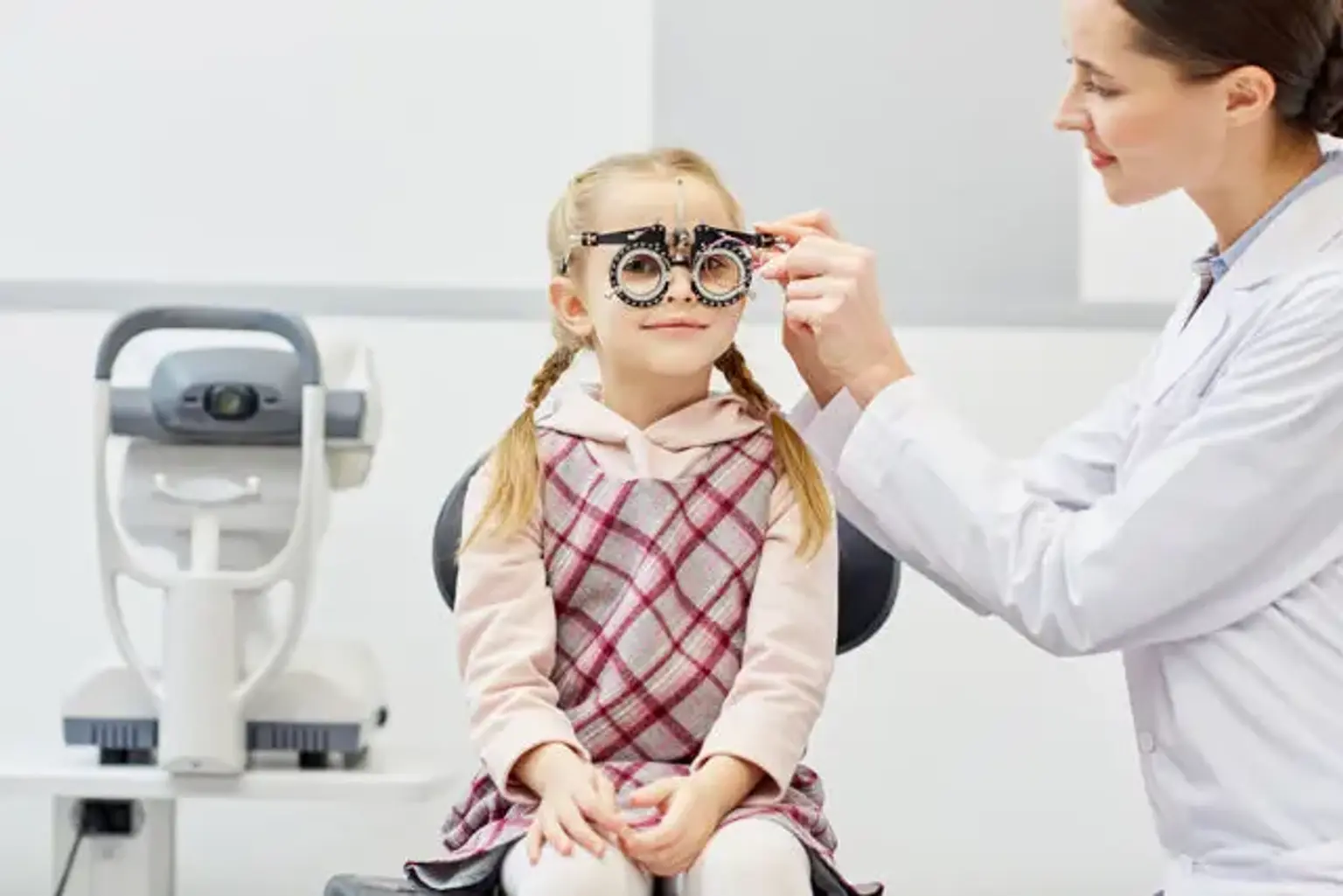Amblyopia
Amblyopia, often known as lazy eye, refers to an early childhood disorder in which a child's vision in one eye does not develop properly. When a patient develops amblyopia, the brain concentrates one eye over the other, ignoring the "lazy" eye. The nerve cells that are responsible for eye vision fail to mature normally if that particular eye is not stimulated appropriately.
Amblyopia mostly affects people from infancy to the age of seven. It is the most common cause of eyesight loss in children. However, amblyopia rarely affects the two eyes.
Early detection and treatment can help your child avoid long-term visual problems. Glasses, contact lenses, or patching therapy may typically correct the vision of the eye with poor sight.
